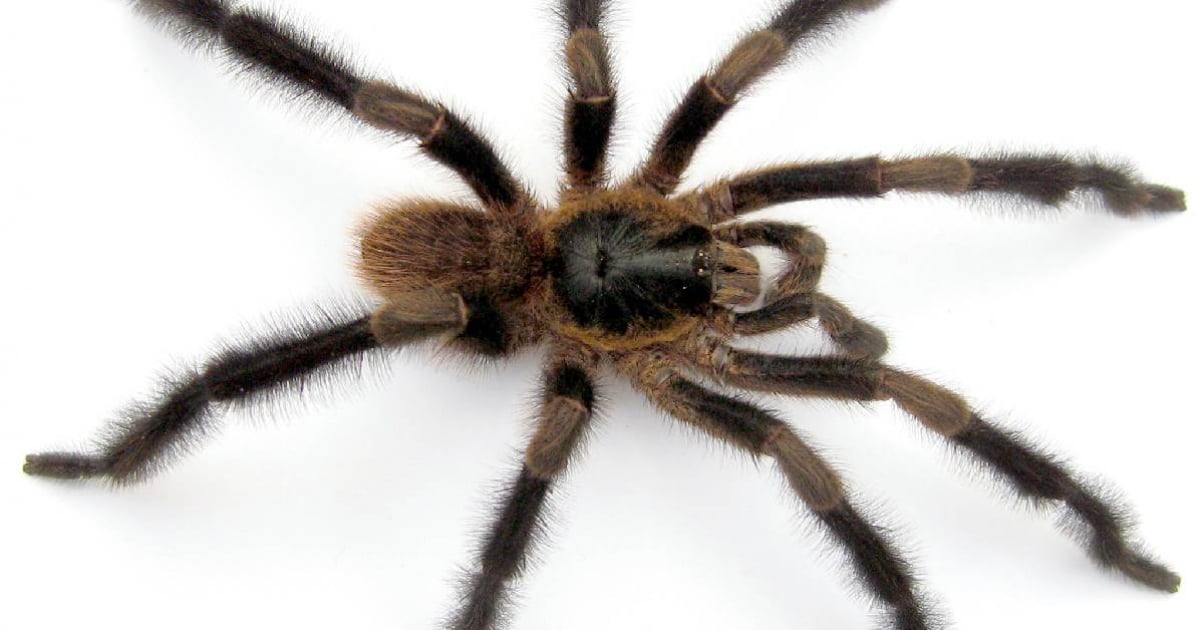
A team of scientists has identified a new species of tarantula that has astonished researchers with its size and unique features found in the depths of Viñales National Park in western Cuba.
The spider, known as Trichopelma grande, is the largest of its genus, with adult males reaching up to 11.1 millimeters in carapace length, according to the report on the discovery.
The discovery, published in the scientific journal ZooKeys, highlights the value of the Antilles as natural laboratories of evolution and biodiversity.
It also explains that the Trichopelma grande is not only remarkable for its size but also for its hairy appearance and morphological peculiarities, such as the arrangement of its hairs and the distinctive shape of its genitals.
The species was found in a protected area of Viñales National Park, designated a UNESCO World Heritage site and recognized as a reservoir of biodiversity.
According to researchers, this spider displays unique adaptations, including the construction of "trap" burrows for shelter.
The Trichopelma grande is considered a significant finding due to its limited distribution and apparent scarcity, which could make it a species of conservation interest.
Researchers are studying their behavior, habitat, and ecological role to develop strategies that ensure their protection.
"The discovery of this species reinforces the importance of protecting Cuba's unique ecosystems and highlights how much remains to be discovered in terms of biodiversity," stated one of the authors of the study.
Cuba has established itself as a key location for the study of endemic species, not only due to its geographic isolation but also because of the diversity of habitats it encompasses. In the case of tarantulas, the genus Trichopelma includes 22 species, 11 of which are endemic to the island.
The discovery of Trichopelma grande highlights the need to continue exploring and documenting the species that inhabit remote and protected areas, such as Viñales.
This case not only expands scientific knowledge but also underscores the importance of preserving the island's biological wealth for future generations, the researchers concluded.
Filed under: